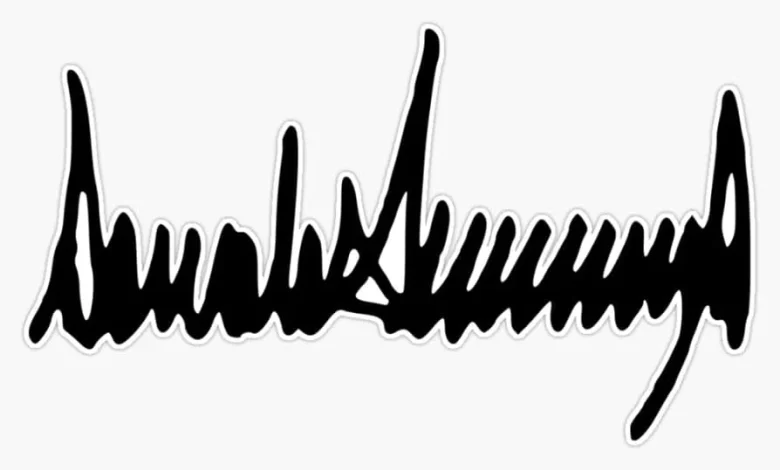IDENTICAL SIGNATURES ON FEDERAL PARDONS RAISE NEW QUESTIONS ABOUT PRESIDENTIAL AUTOPEN USE

The U.S. Department of Justice is facing renewed scrutiny after posting a series of presidential pardons online that displayed identical copies of President Donald Trump’s signature. The documents, all dated November 7, were quietly replaced days later after observers flagged the signatures as perfect matches, something handwriting specialists say is nearly impossible for any two human-signed documents. The Justice Department attributed the problem to what it described as a technical error, but the episode has already expanded into a broader national discussion about presidential signing practices and the historical use of the autopen.
The controversy began when analysts reviewing the newly uploaded pardons noticed that the signature attached to each document was precisely identical, down to stroke weight, spacing, curvature and angle. Among the individuals pardoned were former New York Mets player Darryl Strawberry, former Tennessee House Speaker Glen Casada and former NYPD sergeant Michael McMahon. Each pardon displayed the same unmistakable digital-looking signature block. Specialists in document forensics immediately noted that no two handwritten signatures, even from the same person, ever reproduce in flawless alignment. That exact duplication strongly indicated that a signature image or digital stamp had been applied rather than a fresh, physical signature created for each document.
The DOJ replaced the posted documents with new versions after the issue was widely noticed online. Although the agency stated that the president did in fact sign the pardons, the inconsistency between the initial postings and the later replacements has fueled public skepticism. The department’s explanation has not satisfied those who argue that presidential documents, especially those concerning acts of clemency, demand strict authenticity and transparent recordkeeping.
This incident arrives at a politically sensitive moment because former President Joe Biden was recently criticized by Republicans for relying on the autopen, a mechanical device long used in federal offices that reproduces a pre-authorized version of a signature. Critics accused Biden of overusing the tool and diminishing the ceremonial seriousness of presidential signing authority. Now President Trump faces similar questions about whether his administration used an autopen or a digital reproduction while preparing the pardon files for publication.
The legal effectiveness of the pardons is not in doubt. Constitutional scholars have consistently held that the validity of a presidential pardon rests on the president’s intention to grant it, not on the method used to apply the signature. Even an autopen-signed or electronically reproduced pardon remains fully enforceable if the president approved it. Nevertheless, the optics of the situation have renewed debates over authenticity, procedural rigor and the public’s trust in how official documents are handled behind the scenes.
The identical signatures raise practical concerns about internal processes at the Justice Department, including document preparation, digital filing, version control and oversight. Whether the problem was a mistaken upload, a placeholder file, a miscommunication or improper use of a signature image, the DOJ has not offered a detailed account of how the duplication occurred. The quiet correction of the documents without a comprehensive public explanation has only amplified questions.
This episode underscores a recurring tension in the modern presidency: the need to handle vast amounts of paperwork efficiently while maintaining the symbolic and legal importance of the president’s personal approval. As more observers examine the revised documents, the discussion is likely to continue, especially as both major parties now find themselves defending or criticizing the same signature-automation technology they have previously attacked when used by the other side.





